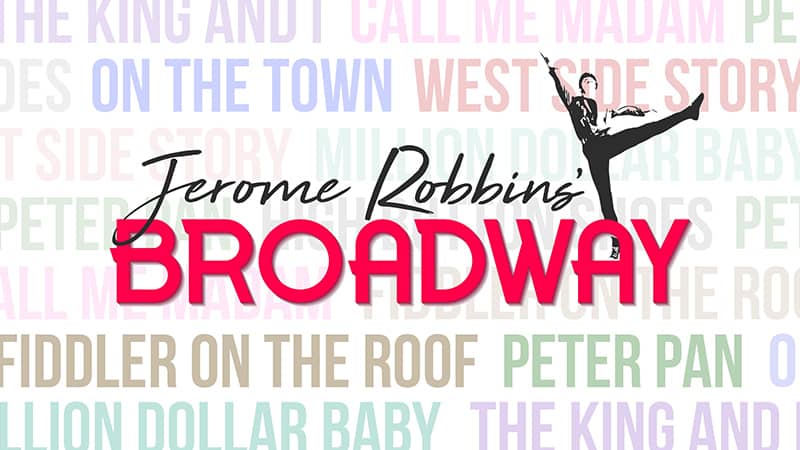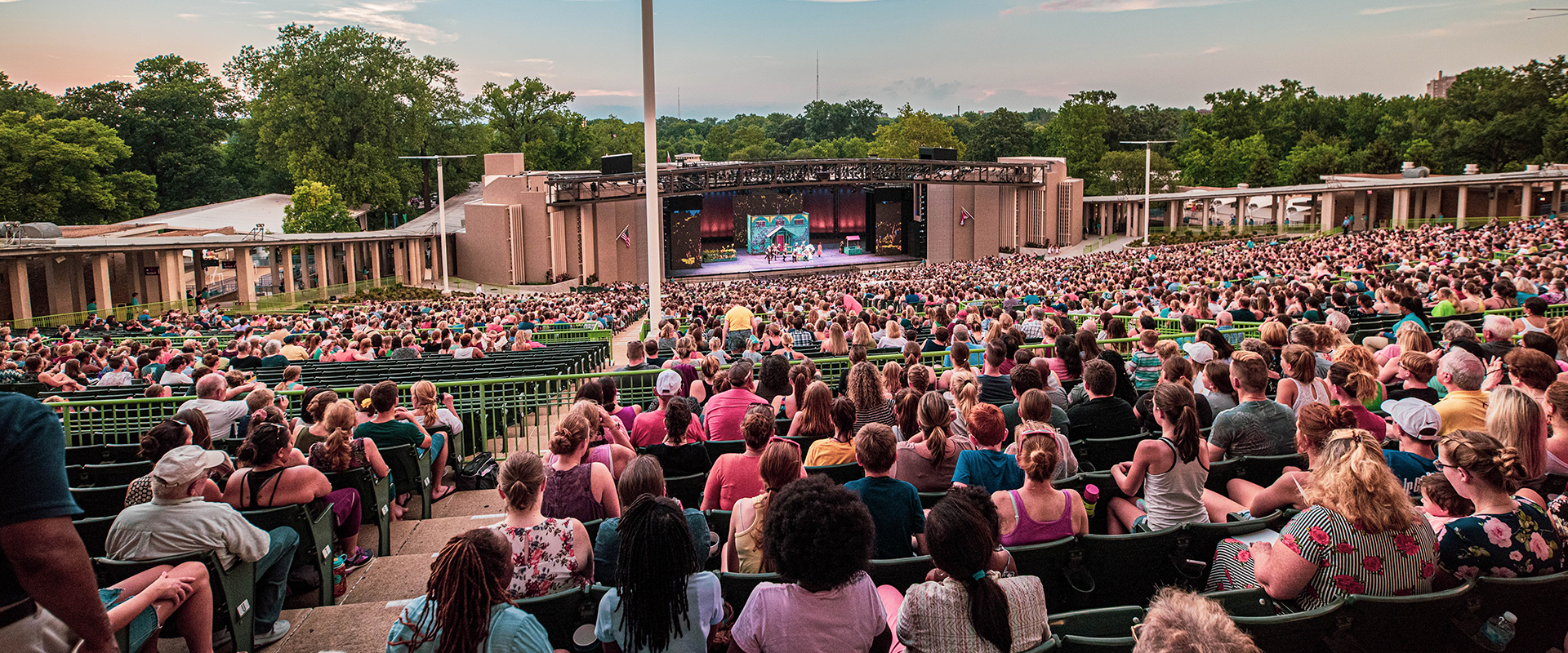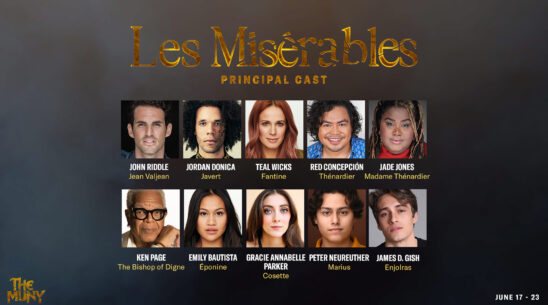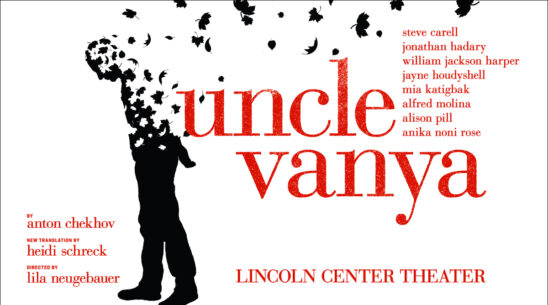The Return of a Choreographic Coup
Jerome Robbins' Broadway revue is getting a long overdue revival in St. Louis after its premiere almost three decades ago.
by Terry Teachout

Most people who go to the theater regularly keep a little list of unforgettable shows. Mine is topped by "Jerome Robbins' Broadway," the 1989 revue in which Broadway's greatest choreographer restaged an evening's worth of his production numbers from "Billion Dollar Baby," "Fiddler on the Roof," "A Funny Thing Happened on the Way to the Forum," "Gypsy," "High Button Shoes," "The King and I," "Peter Pan," "On the Town" and "West Side Story." I'm not old enough to have seen the original productions of any of the 15 musicals that Robbins choreographed between 1944 and 1964, when he left Broadway to concentrate on ballet. I figured I'd never get another chance to see their dances staged by the master himself, so I bought a ticket to the first preview. I went back five more times-all on my own dollar. A notorious perfectionist, Robbins had spent an unprecedented 22 weeks in rehearsal. It showed: Never in my life have I seen a more perfectly realized stage production.
One of the reasons why I kept going back was that I took for granted that the show was too complicated and expensive an undertaking to be more than a one-shot event. I was right. After a 633-performance Broadway run, it toured 12 cities, closing in Los Angeles in February 19 91. It has never been performed since then. So I was flabbergasted-no gentler word will suffice-when St. Louis's Muny, America's largest and oldest outdoor musical theater, announced last week that it would revive "Jerome Robbins' Broadway" in the summer of 2018 as part of its 100th-anniversary season.
[x_image type="none" float="none" src="https://muny.org/wp-content/uploads/2017/10/JeromeRobbins_TerryTeachout_FeatureImage.jpg" info="none" info_place="top" info_trigger="hover"]
Why does the revival of a quarter-century-old musical-comedy revue matter so much? The answer lies in the evanescent nature of choreography. Unlike music, it isn't written down (though dance steps can be notated after the fact). Unless a concerted attempt is made to preserve a dance, it vanishes into thin air after its last performance and surprisingly few attempts have been made to document the great Broadway dance numbers. The dances from a handful of shows, most prominent among them Agnes de Mille's "Oklahoma!" and Robbins's own "Fiddler on the Roof," "The King and I" and "West Side Story," were filmed as part of the screen versions and are now usually incorporated into their stage revivals. Most of the rest, though, either survive only in fragmentary form or are completely lost.
"Jerome Robbins' Broadway" actually began life in 1987 as an attempt by Robbins to resurrect some of the dances from his other shows. "I hated the idea that they were just disappearing," he said. So he invited a group of aging Broadway gypsies to help him reconstruct the "Bathing Beauty Ballet" dance, an homage to silent-movie slapstick comedy, from "High Button Shoes." The results were so successful that he decided to put together a full-evening retrospective that would give a new generation of theatergoers "a taste of the years I worked on Broadway." To revive it now is-quite literally-a historic event.
Because the show and its rehearsals were videotaped, restaging the dances isn't the biggest obstacle to staging it. It's proved even trickier to untangle the knotty permissions problems-from composers, lyricists, authors and publishers-that were solved on a one-time basis for the original production but not adequately documented in 1989. "In the strictest sense, the show didn't 'exist' for licensing," says Mike Isaacson, the artistic director and executive producer of the Muny (that's short for "Municipal Opera"). "I'm assuming Robbins and the producers figured at the time that there wouldn't really be a post Broadway market for it because of its size and scope."
So why bother? Mr. Isaacson, who is a true believer in "the fundamental greatness and power" of the American musical, wanted to do something spectacular to celebrate the Muny's centennial. For
him, a full-scale revival of"Jerome Robbins' Broadway," a kind of miniature history of the postwar Broadway musical at its peak, seemed like the best of all possible salutes. "It felt really necessary for me for the Muny's 100th birthday," he says. "I've been telling people that I want them to bring their kids to 'Jerome Robbins' Broadway' and say, 'This was what I lived. These shows were the "Hamil tons" of their day.' Sure, it's been hard, and we're not done yet. It's all very Don Quixote, I guess-but you know what? Theater people love heading toward a good windmill.''
The Muny's revival isn't the only tribute to Robbins's theatrical dances in the works. Since 2018 is also the centennial of the choreographer's birth, New York City Ballet, Robbins's longtime institutional home, has invited Warren Carlyle, who made the dances for the Broadway revival of"Hello, Dolly!" and the 2016 revival of"She Loves Me," to stage a tribute to his work on Broadway that will have its premiere at the company's spring gala on May 3. I'll be there-but you can also plan on meeting me in St. Louis when the curtain goes up on "Jerome Robbins' Broadway" for the first time in 27 years. I might even go twice.
Categories: Muny News



